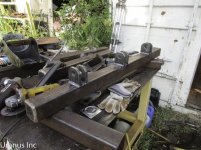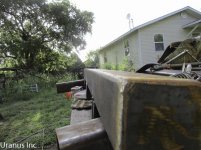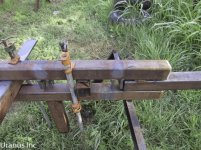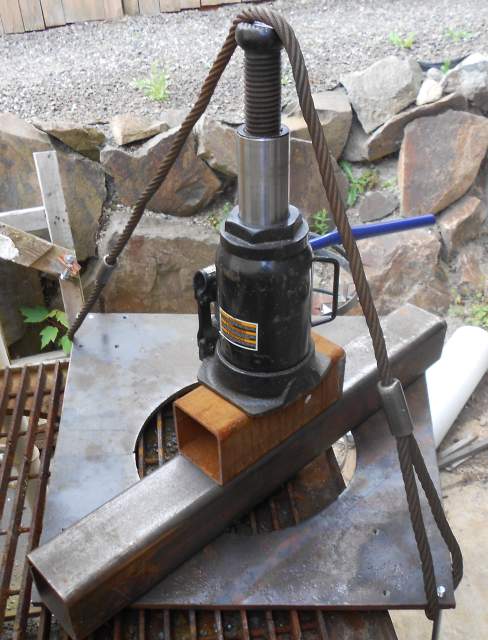metalmagpie
Titanium
- Joined
- May 22, 2006
- Location
- Seattle
I know, 1/4" hot rolled plate comes out of the mill as coils, and it gets straightened in the steelyard and sheared to length, and it's never or rarely truly straight. I'm wondering if there are any realistic options for straightening a 4x8' sheet of A36 plate in a home shop without a $40k plate roller. I have a track burner and I'm familiar with flame straightening but I don't think I can heat a thin stripe of red that doesn't go too far through the plate. To accomplish a bend, I need to bring the top 1/8" or so of plate to about 1300F without the bottom 1/8" getting above 1200F. I just don't think I can do that on plate this thin.
Driving a vehicle over it won't get it.
Ideas?
metalmagpie
Driving a vehicle over it won't get it.
Ideas?
metalmagpie











